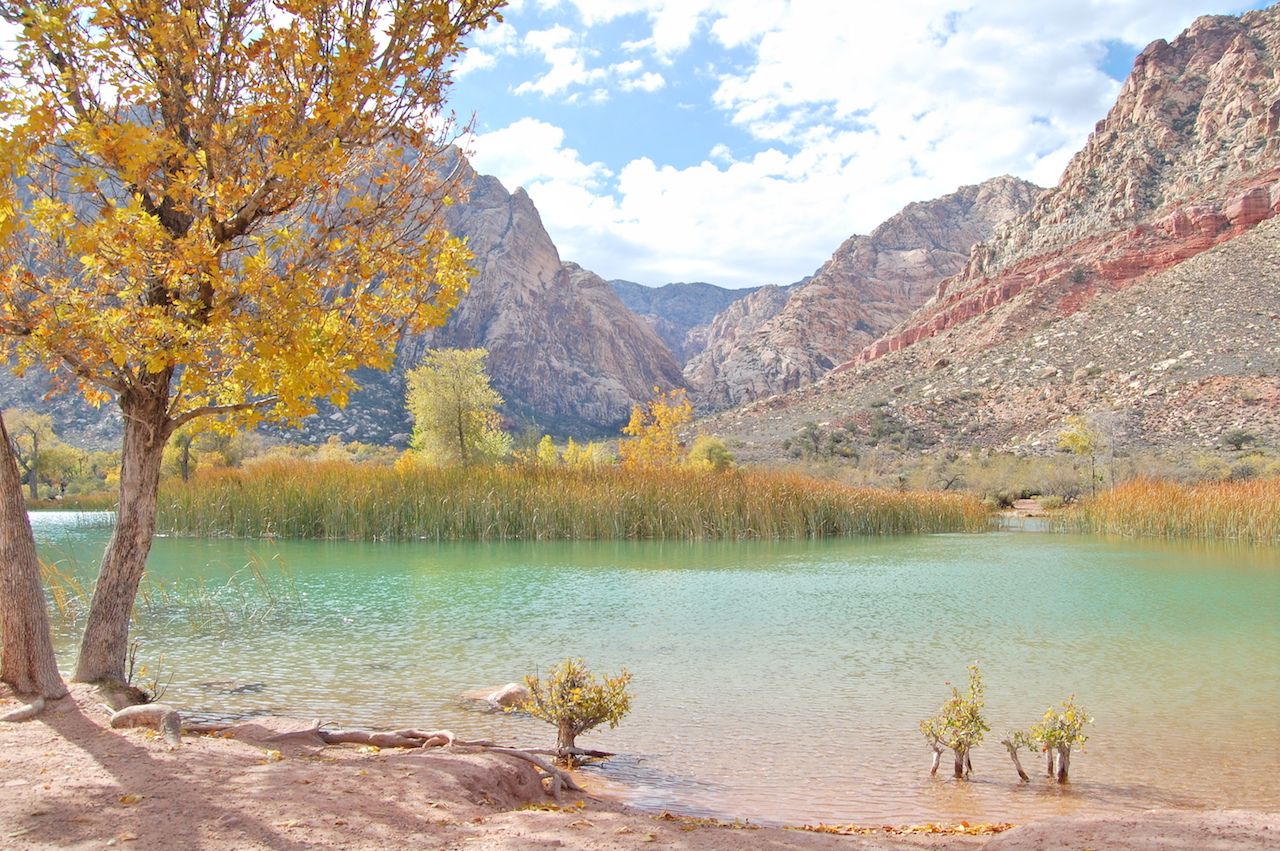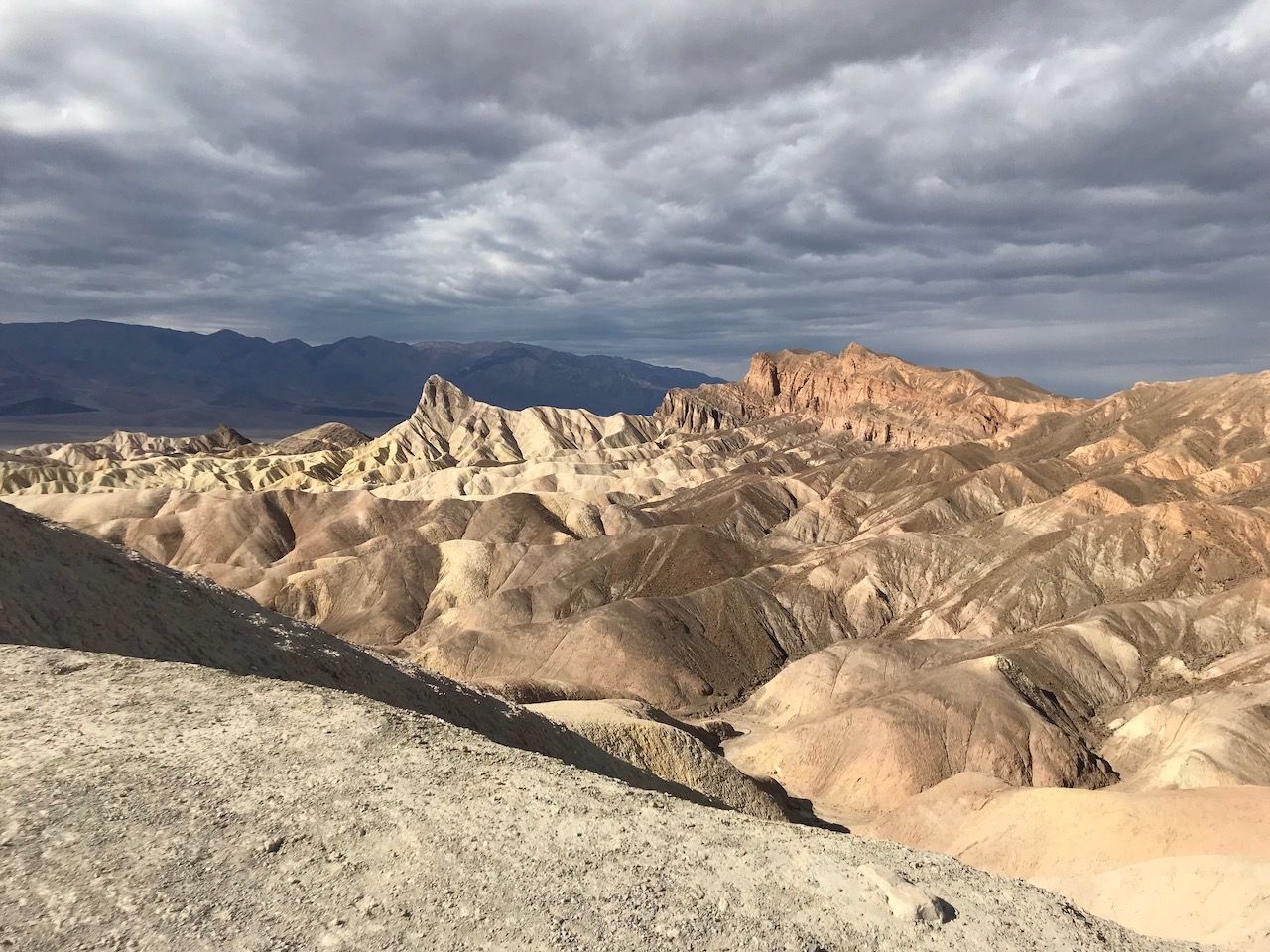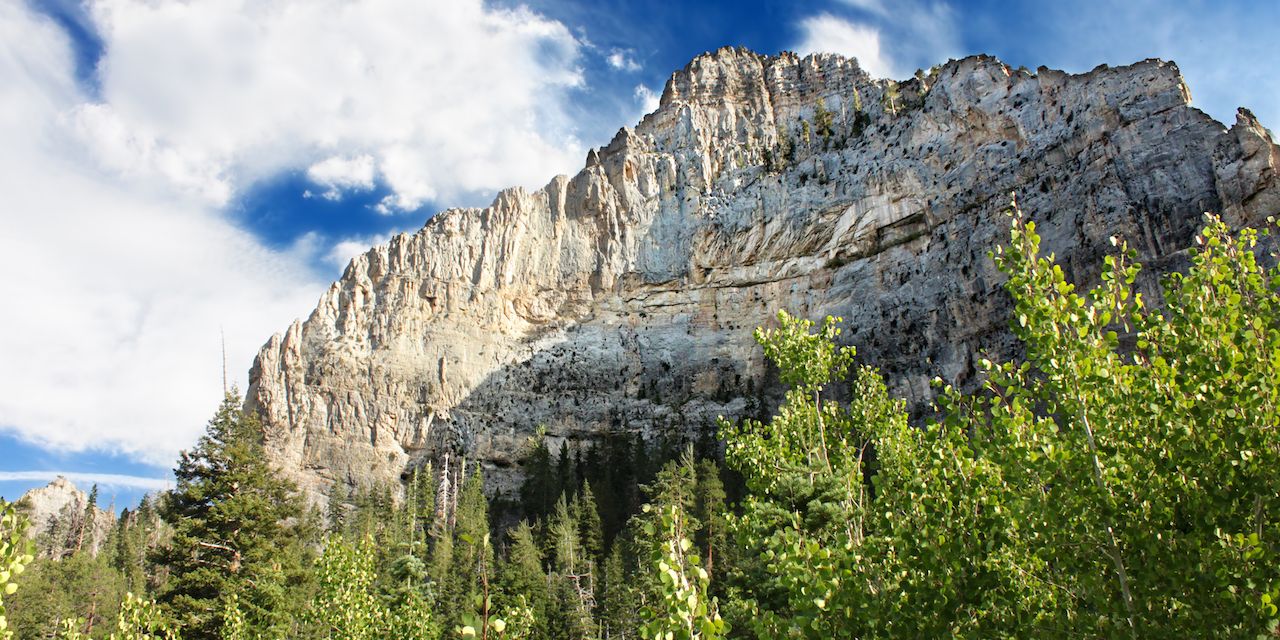You might think that a Nevada route called “The Death Drive” would give you something to worry about, like getting stranded alone in the desert. In fact, the road is not barren. Not at all. The itinerary for this 365-mile road trip — a loop from Las Vegas to western Nevada and back again — is actually alive with excitement.
You’ll head from the neon lights of Sin City toward the rugged beauty and history of the state’s wide open heartland. The route treks past forests and parks, among them the incomparable Death Valley National Park, and through old mining towns still holding their own in this century. We recommend stretching out your journey with stops and overnight stays along the way. To tackle “The Death Drive,” here’s the route and where to stop.



